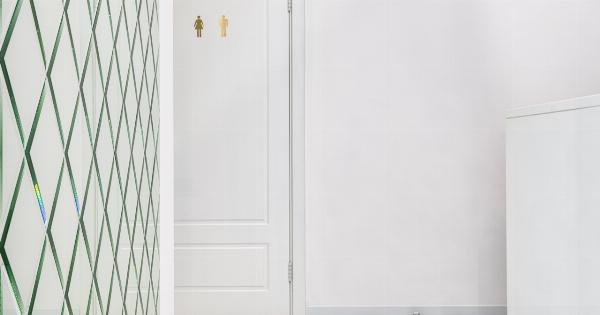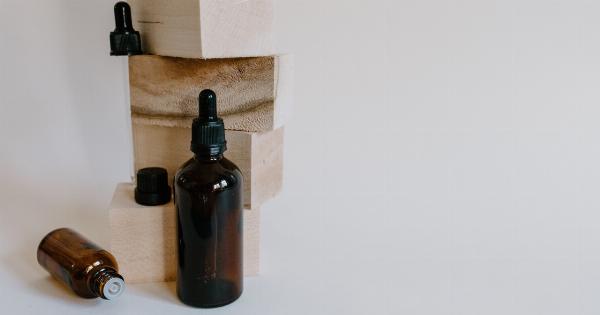When your ear feels like it’s blocked, it can be quite uncomfortable. This sensation is usually caused by a blockage in the Eustachian tube, a narrow passage connecting the middle ear to the back of your throat.
While a blocked ear can be annoying and painful, there are several remedies you can try to alleviate the discomfort. In this article, we will explore some simple and effective ways to get rid of a blocked ear.
1. Yawn or Chew Gum
One of the easiest and quickest ways to clear a blocked ear is by yawning or chewing gum. When you yawn or chew gum, you activate the muscles that open the Eustachian tube, allowing air to flow and equalize the pressure in your ear.
This can help relieve the feeling of blockage.
2. Use Warm Compress
Applying a warm compress to your ear can also help unblock it. The warmth aids in loosening any built-up wax or congestion, making it easier for the ear to clear itself.
Simply soak a clean washcloth in warm water, wring out the excess moisture, and hold it against the affected ear for a few minutes. Repeat this process a few times a day until the blockage eases.
3. Nasal Irrigation
Using a saline solution or nasal spray can help clear a blocked ear caused by congestion or a sinus infection. These products help flush out excess mucus and reduce inflammation, allowing the Eustachian tube to open up.
You can easily find saline sprays or nasal irrigation kits at your local pharmacy.
4. Try the Valsalva Maneuver
The Valsalva maneuver is a technique that involves closing your mouth, pinching your nose, and gently exhaling to create pressure in your ears. This action helps open the Eustachian tube and equalize the pressure.
However, it’s important to do it gently to avoid causing any harm. If done correctly, you may hear a popping sound, indicating that your ears have cleared.
5. Over-the-counter Ear Drops
There are several over-the-counter ear drops available that can help soften earwax, making it easier to remove. These drops usually contain hydrogen peroxide, saline, or mineral oil. Follow the instructions on the packaging and use the drops as directed.
It’s important to keep in mind that if your ear blockage is caused by a more serious issue, such as an infection or eardrum damage, you should consult a healthcare professional before using any ear drops.
6. Use a Steam Inhalation
Steam inhalation can help relieve a blocked ear caused by congestion or cold. Boil a pot of water and carefully lean over it, covering your head with a towel to create a tent. Inhale the steam through your nose for about 10-15 minutes.
The warmth and moisture will help thin out the mucus and alleviate the blockage. Be cautious not to get too close to the hot water to avoid the risk of burns.
7. Massage the Area
Gently massaging the area around the blocked ear can help stimulate the Eustachian tube and promote drainage. Use your fingertips to massage in a circular motion around your earlobe, jawline, and the bridge of your nose.
This can also help alleviate any pain or discomfort associated with the blockage.
8. Stay Hydrated
Drinking plenty of water and staying hydrated can help thin out mucus and promote better overall drainage. When you are adequately hydrated, it helps prevent congestion and reduces the chances of your ears getting blocked.
Aim to drink at least eight glasses of water a day.
9. Avoid Inserting Objects
It’s essential to resist the temptation to insert objects like cotton swabs or other sharp tools into your ear to try and remove the blockage.
Not only can this push the blockage further into your ear, but it can also cause injury to your eardrum or ear canal. It’s best to leave the extraction to a healthcare professional who can properly assess your situation and determine the safest method of removal.
10. Consult a Healthcare Professional
If home remedies do not provide relief or if you experience severe pain, prolonged blockage, hearing loss, or discharge from your ear, it is crucial to seek medical attention.
A healthcare professional will be able to diagnose the underlying cause of your blocked ear and recommend appropriate treatment.































